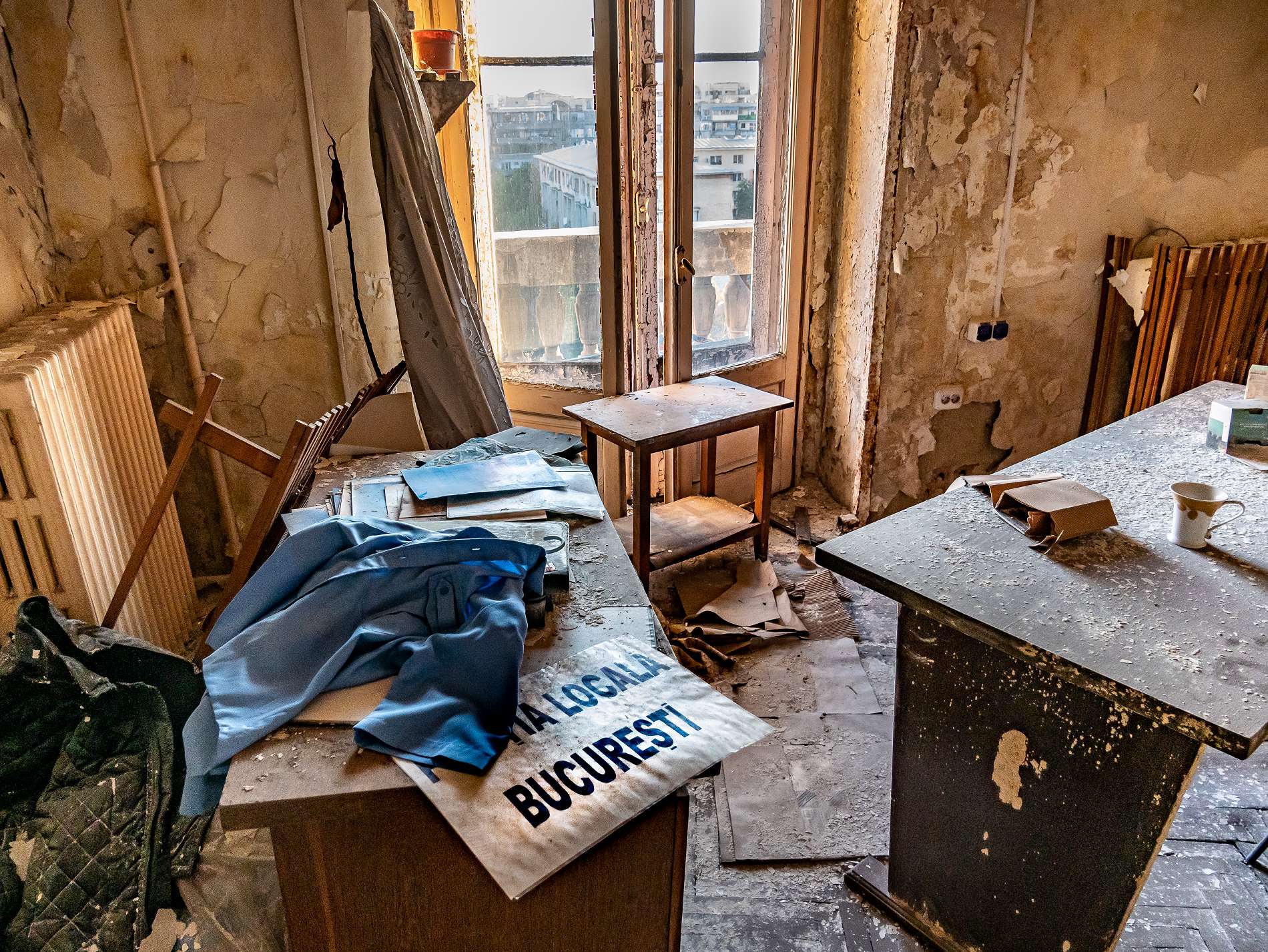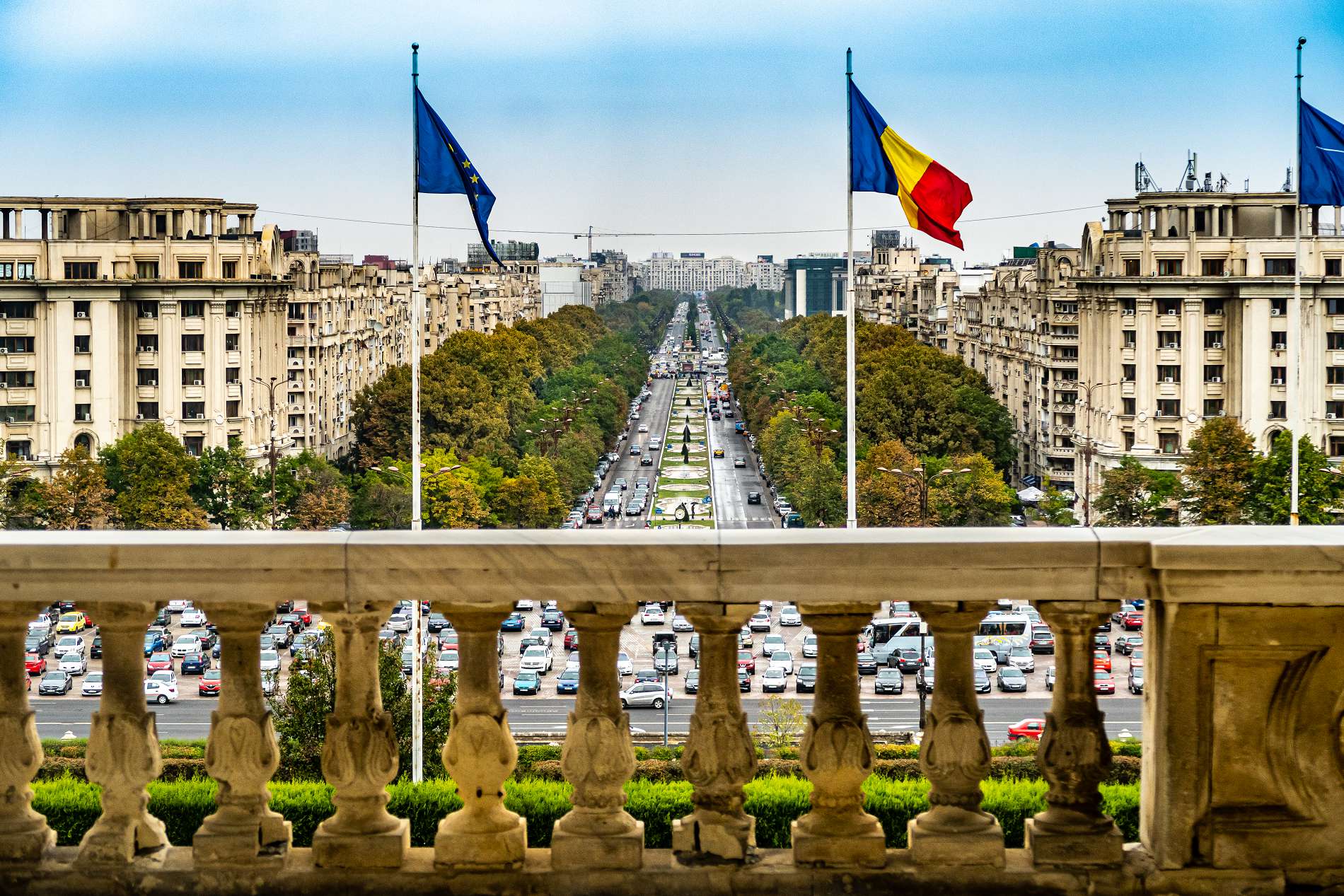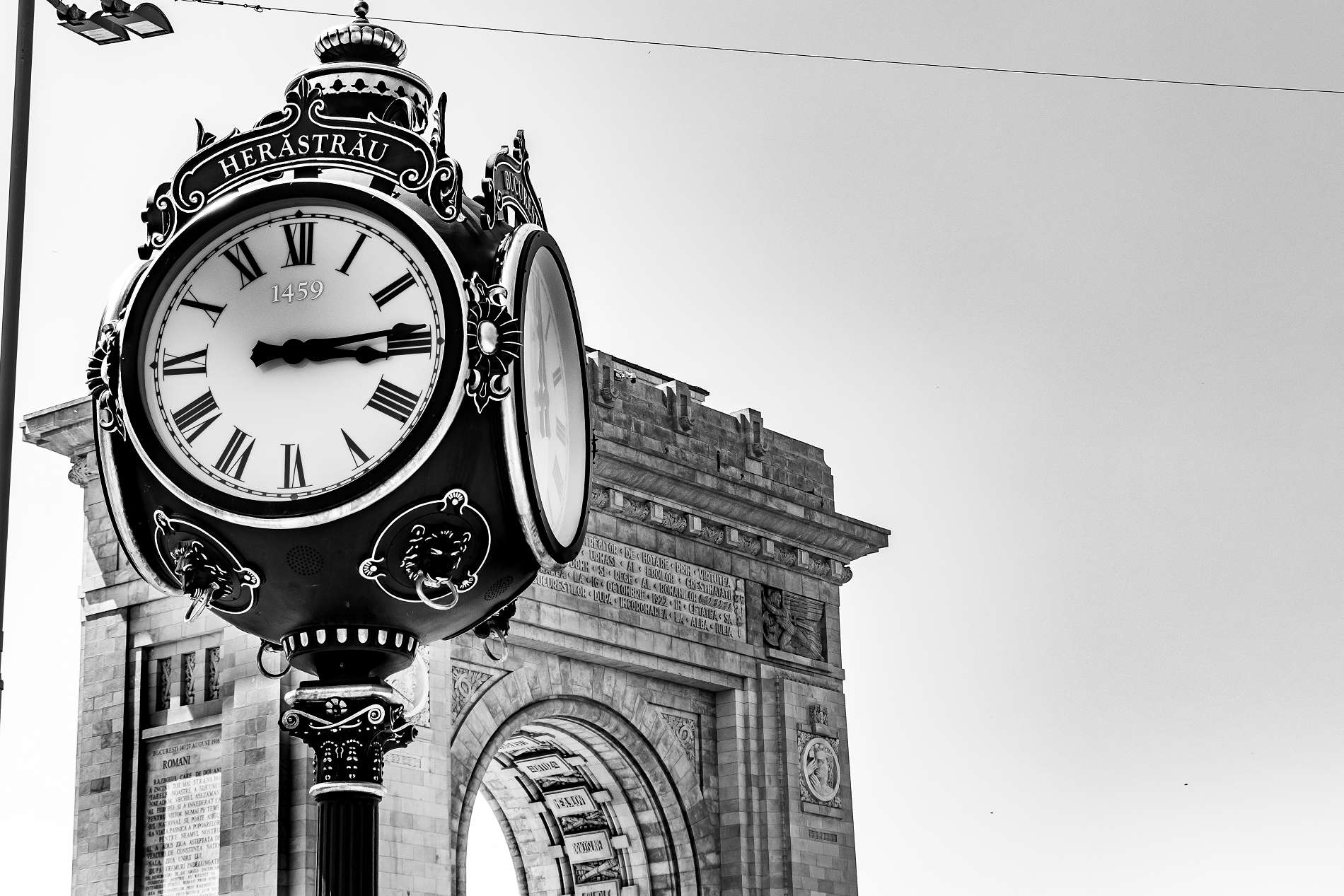-
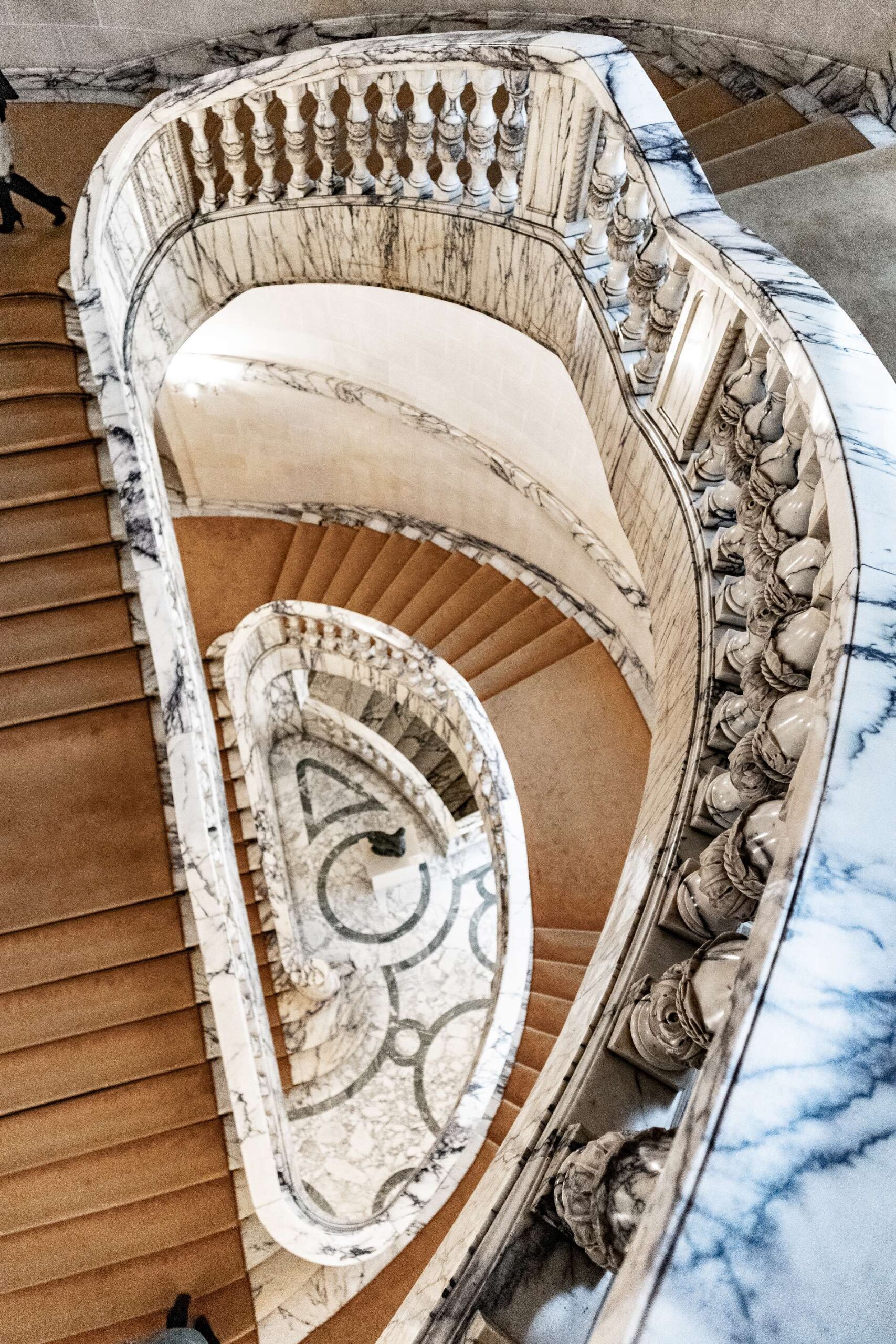
- The National Museum of Art of Romania in the Royal Palace at Revolution Square features collections of medieval and modern Romanian art, as well as the international collection assembled by the Romanian royal family. Besides the displays the architecture and interior is worth a closer look.
-

- The piggy-dog created by AEUL is surely the key-symbol of the urban graffiti scene - present throughout the city of Bucharest.
-
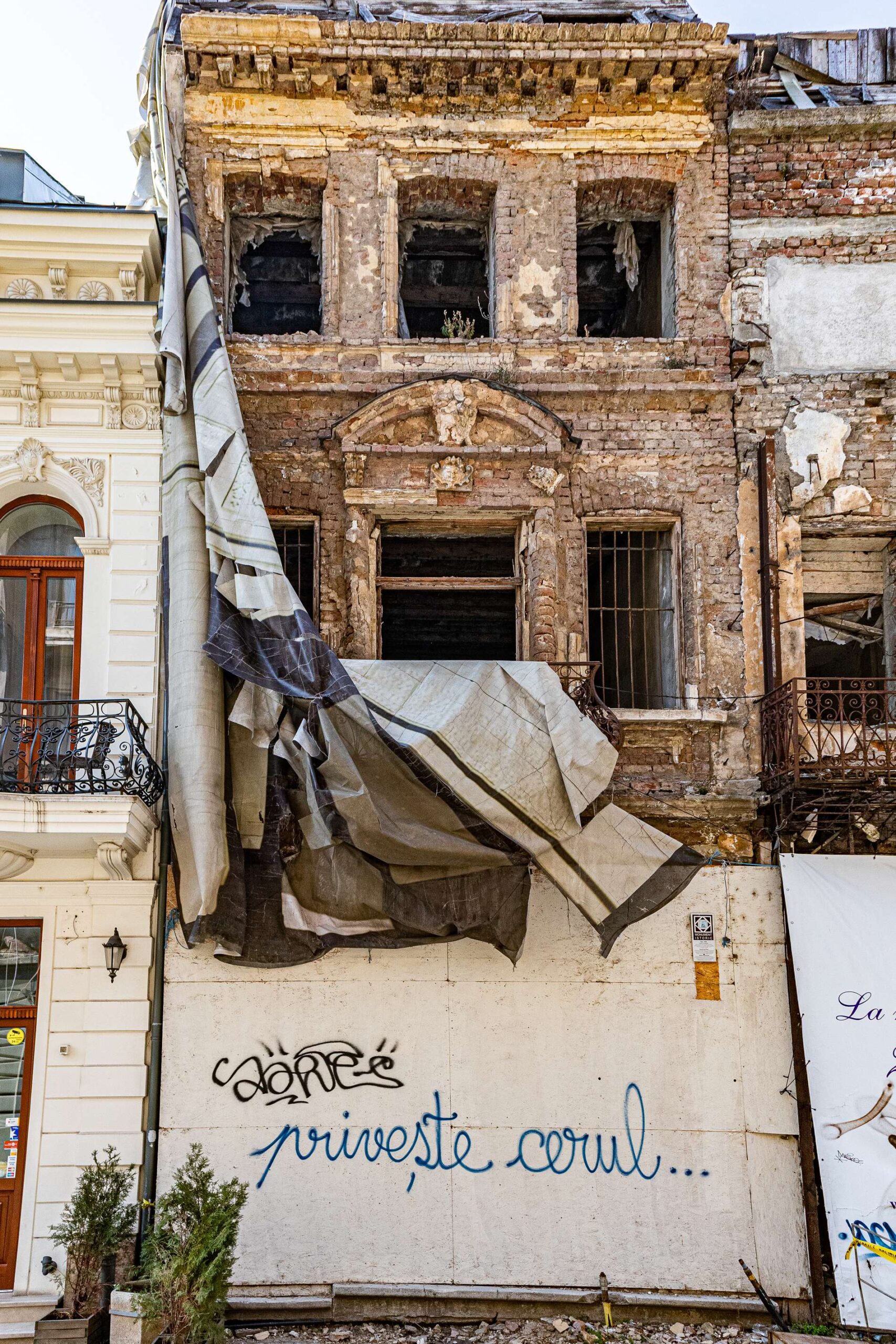
- "priveste cerul" has many meanings. The direct translation is: look into the sky. But it can mean... dream, hope, plan, do, regret, be grateful, be happy ... You will come across this writing more than once throughout the city.
-
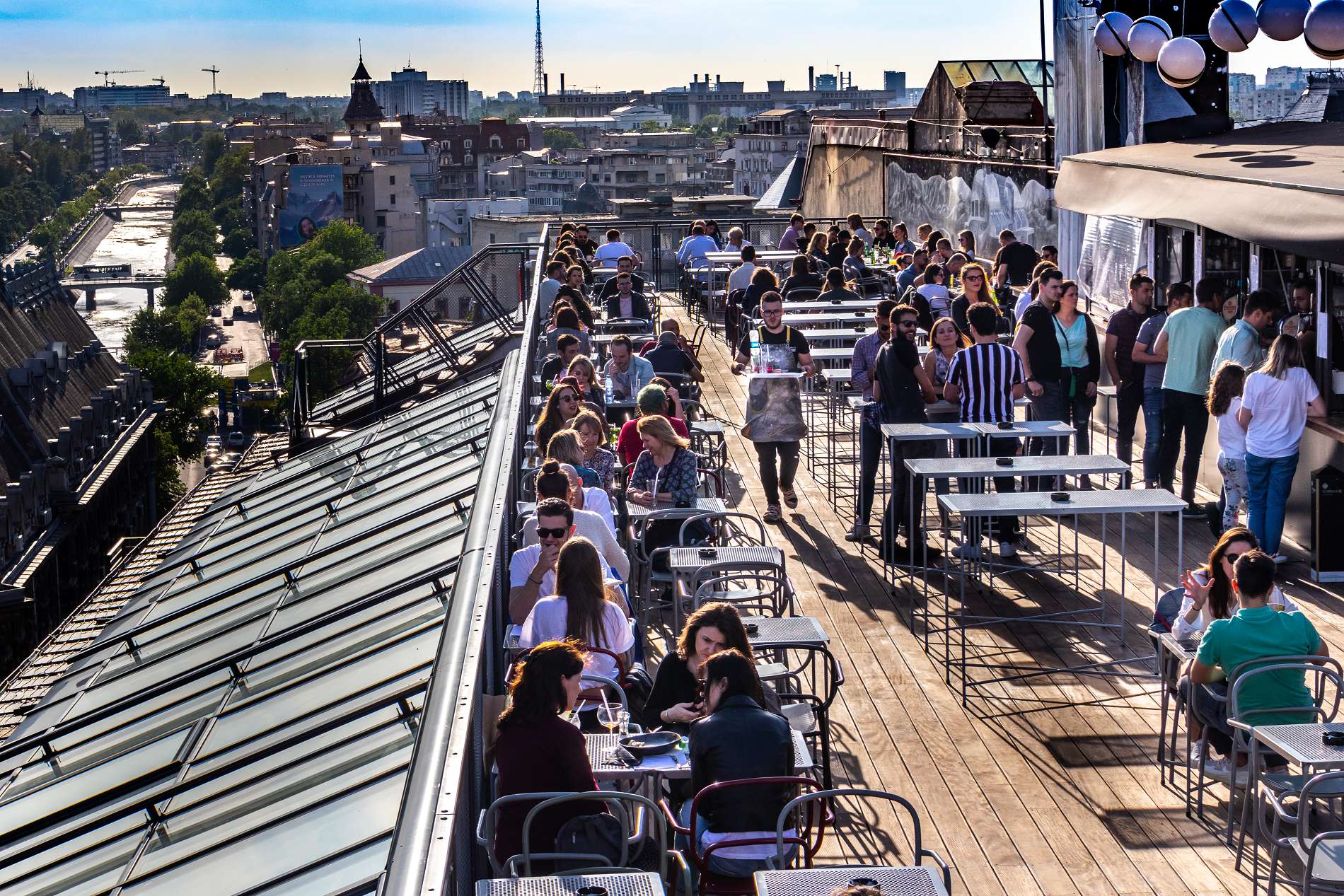
- Linea / Closer to the Moon. For a couple of years now this place has been possibly the go-to rooftop bar in Bucharest. Watching the sun go down here, as you enjoy a cocktail, beer or some rather good food: the menu is mix of simple yet tasty dishes and loads of great bar food. Hugely popular it can get very busy as the evening goes on, but the crowd which gathers here is as young, trendy and as cool as they come.
-

- Cărturesti Carusel is definitely one of the most beautiful bookstores in Europe. Located on 55 Lipscani Street in the old town. The building was created at the beginning of the 20th century by the Chrissoveloni bankers family. At the end of the 1990s and early 2000s the building fell into decay, up until 2015 when a five year long reconstruction, strengthening and conversion project was completed.
-
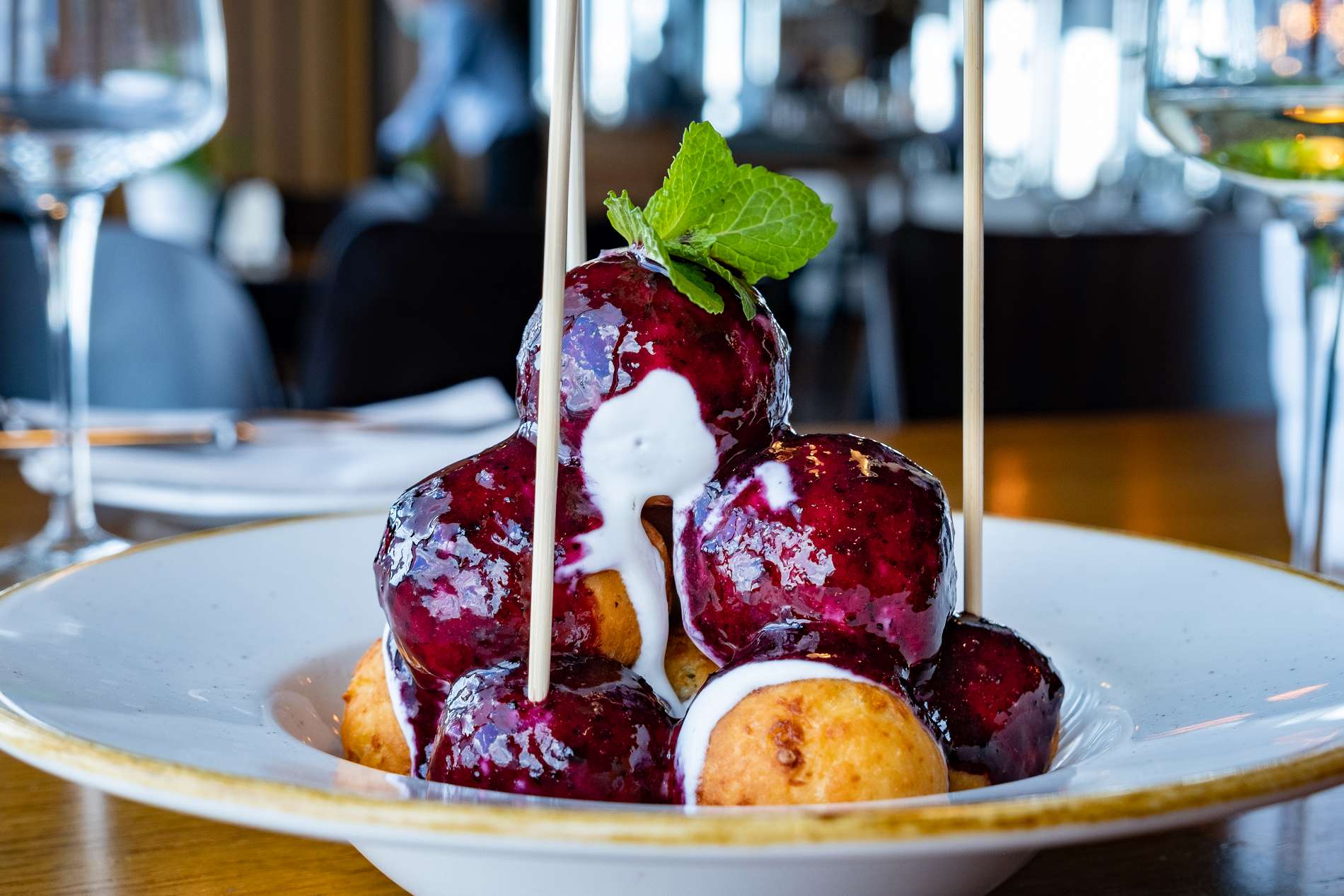
- The "PAPANASHI" made NOR famous. It is a Romanian delicacy after a classic recipe but with a reinterpreted design, involving sweet cheese, sour cream and blueberry jam, or English cream
-
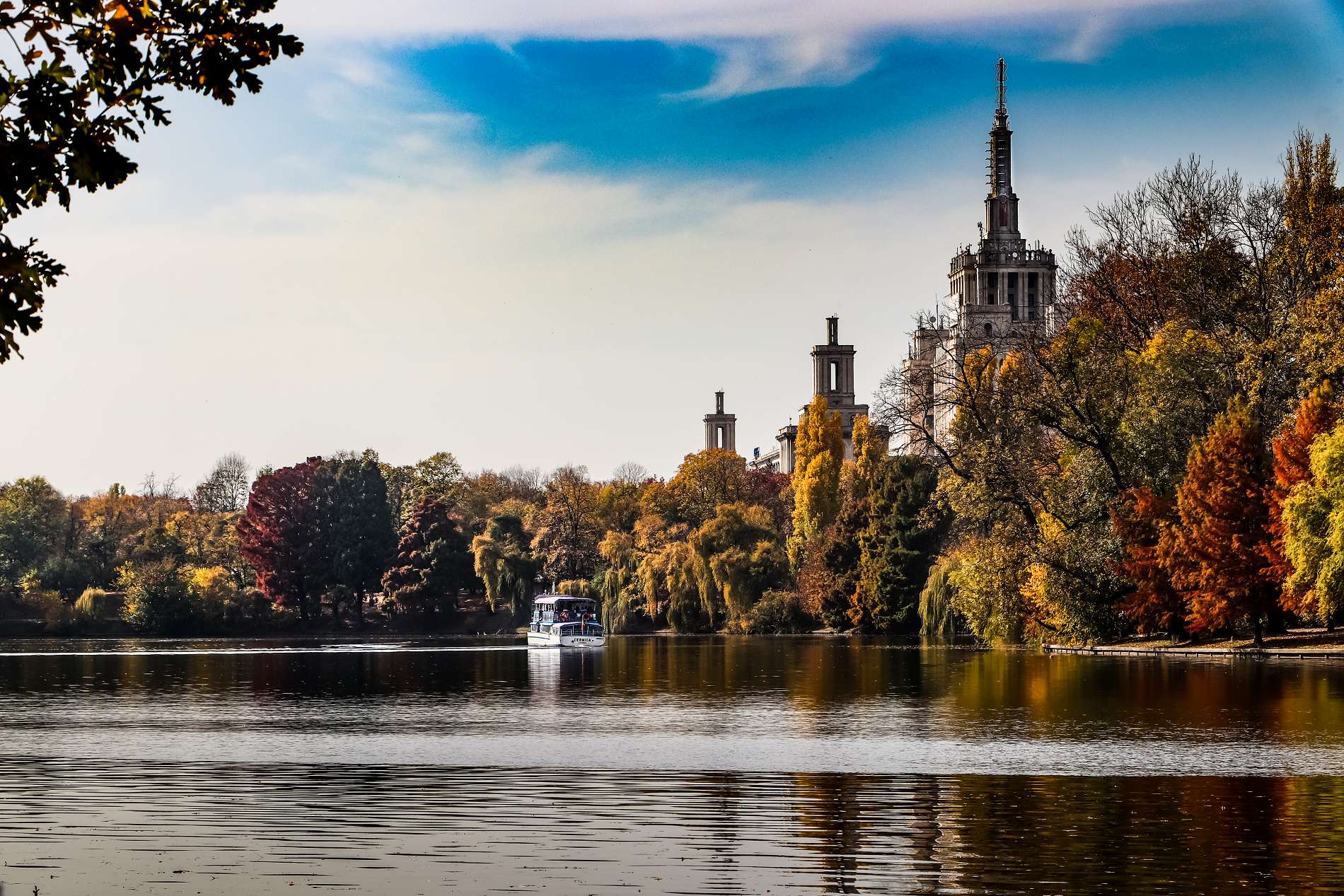
- Herăstrău park is really beautiful from the moment one enters. It is wide, clean, well organized. The lake is big and it takes you along - just walking there is already a great relaxation. The bridges are picturesque and romantic. Birds in the lake make it lively. Especially in autumn, it is a fantastic place to explore
-
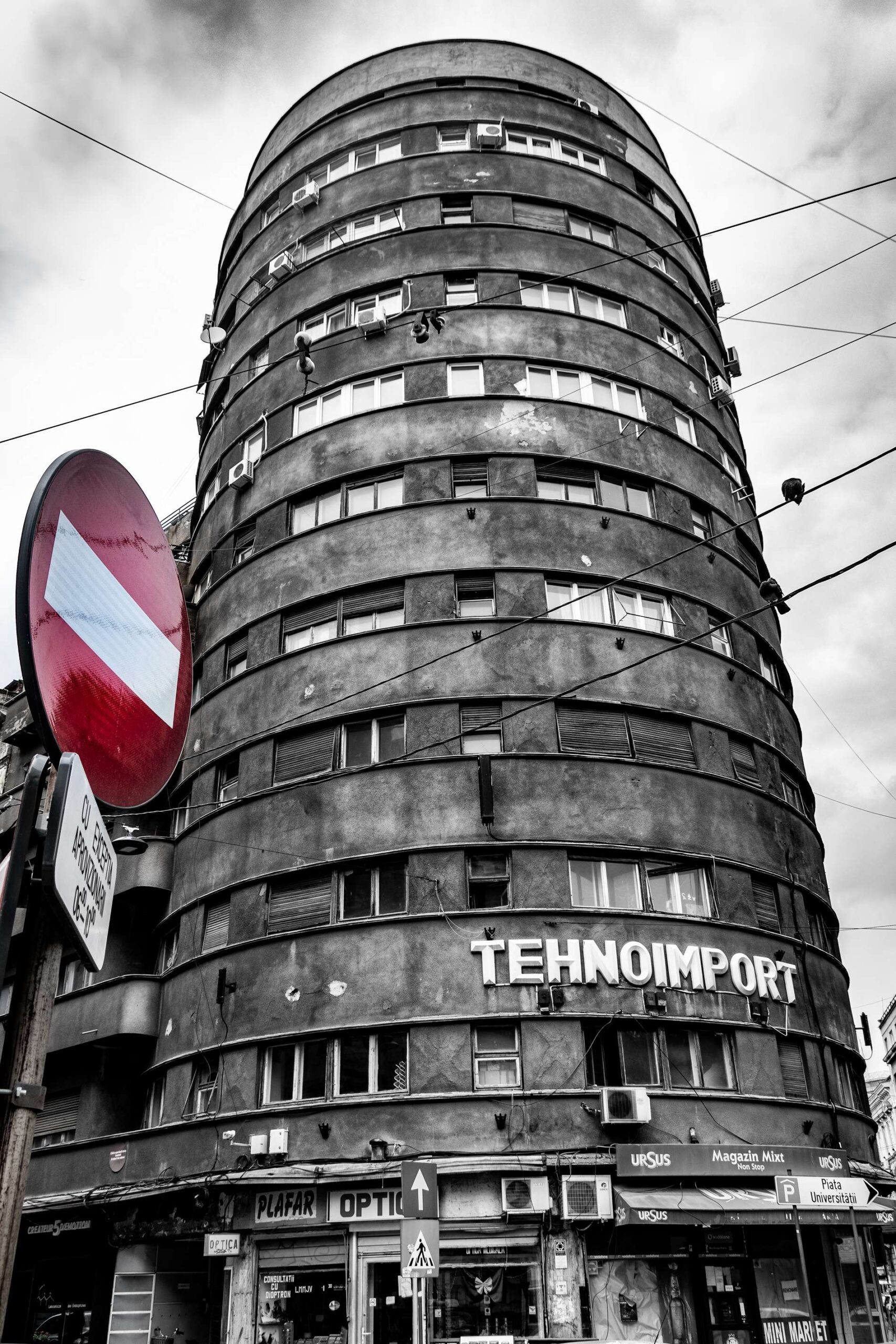
- The "Technoimport building" was originally called City Block and was built in 1936. Despite its historical status, it is listed as one of 349 "red dot" buildings which are among the pre-1940 buildings at major risk from earthquakes and in urgent need of strengthening
-
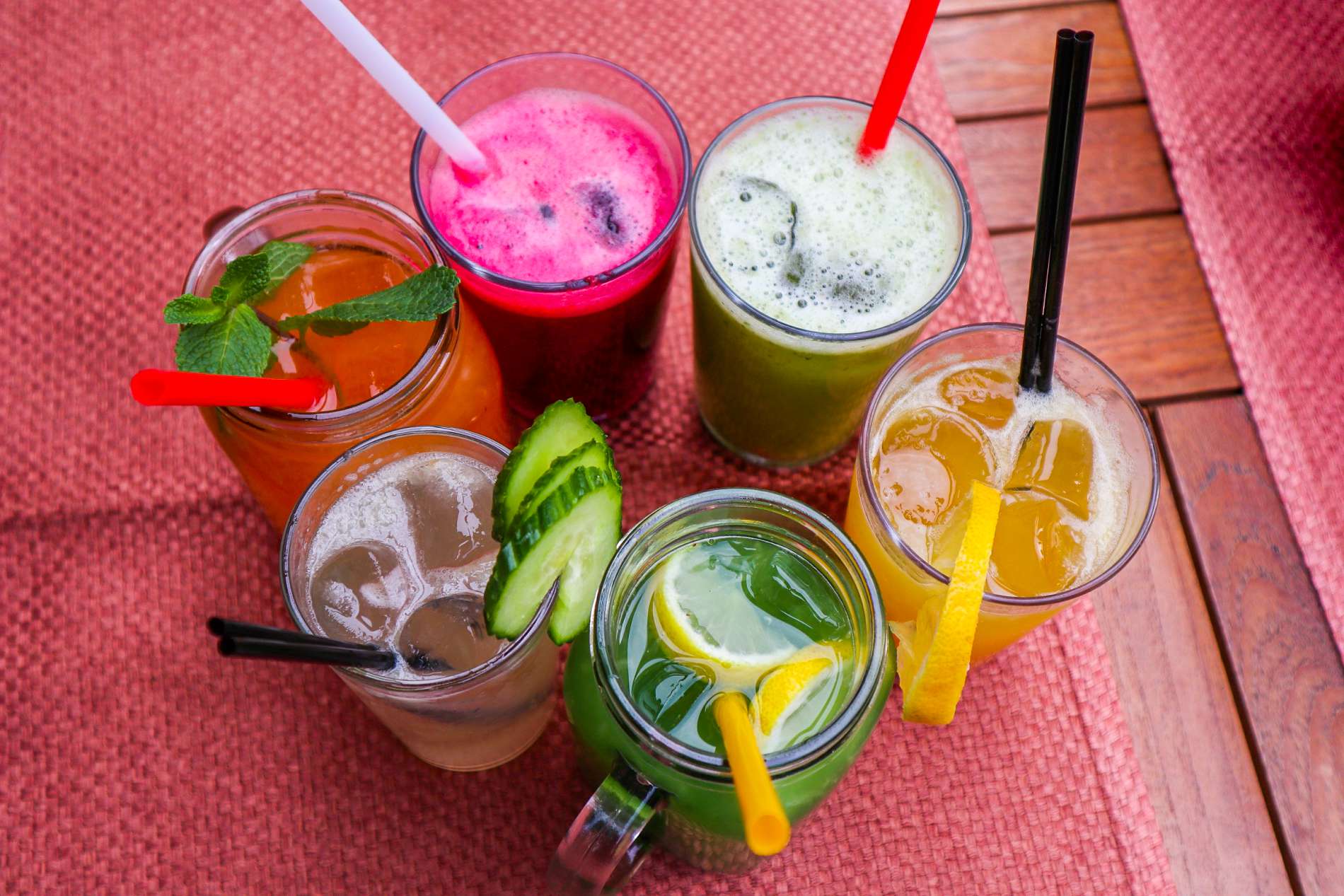
- Romania is famous for its large selection of tasty lemonades. There is probably no other place in the world with so much choice and variations
-
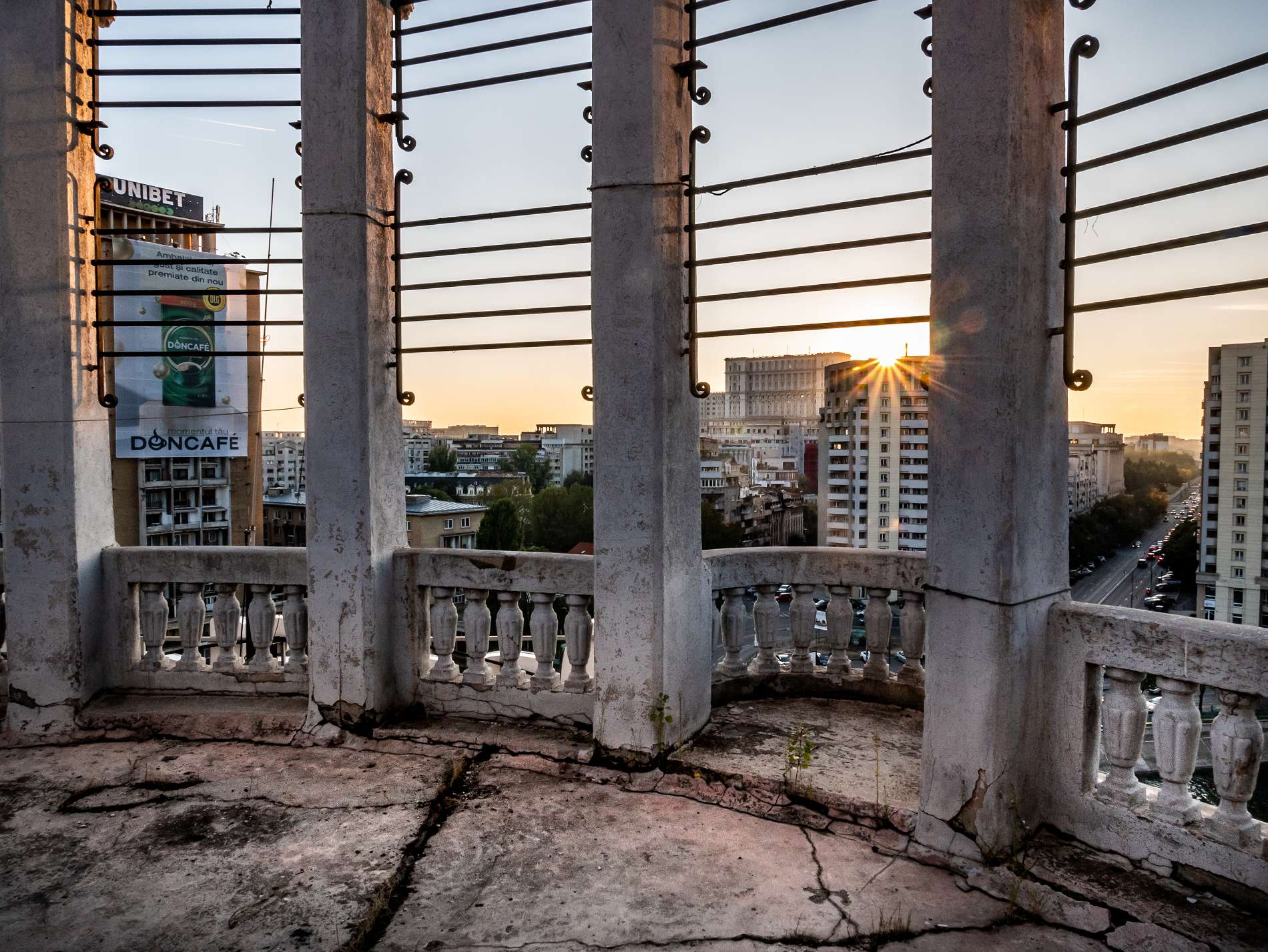
- Almost everywhere in the city the Palace of the Parliament can be seen from the top of tall buildings. Beautiful at sunsets
-

- Just enjoy Bucharest for its unique charm and qualities. Don't compare it to any other city or place
-
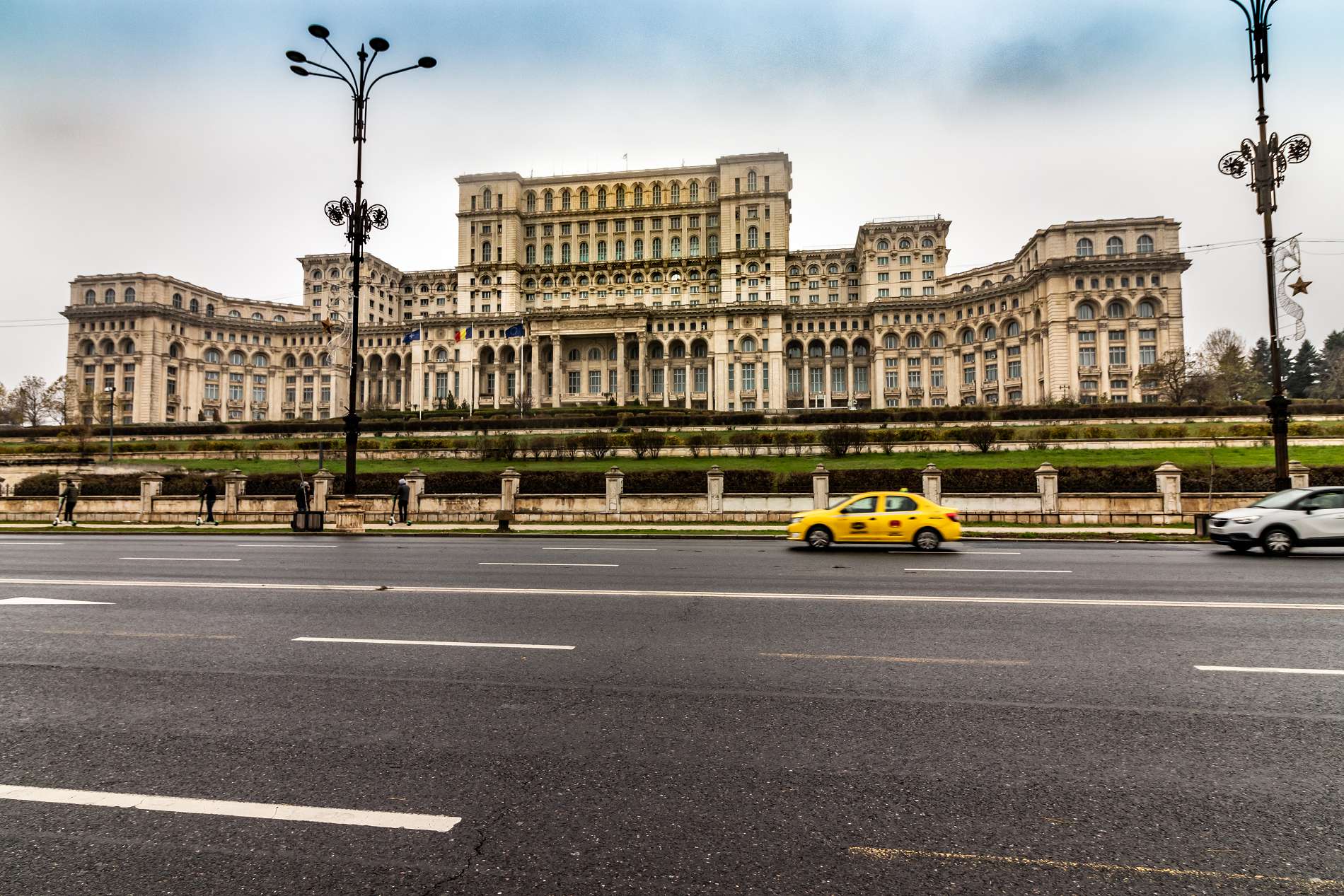
- The Palace of the Parliament has a height of 84 meters, a floor area of 365,000 square meters and a vol 2,550,000 cubic meters. It is the heaviest building in the world, weighing about 4.10 million tonnes and can even be seen from the moon
-

- The city is full of colors. A good example is this roof top restaurant called "Upstairs". The place benefits from its unique colorful design
-
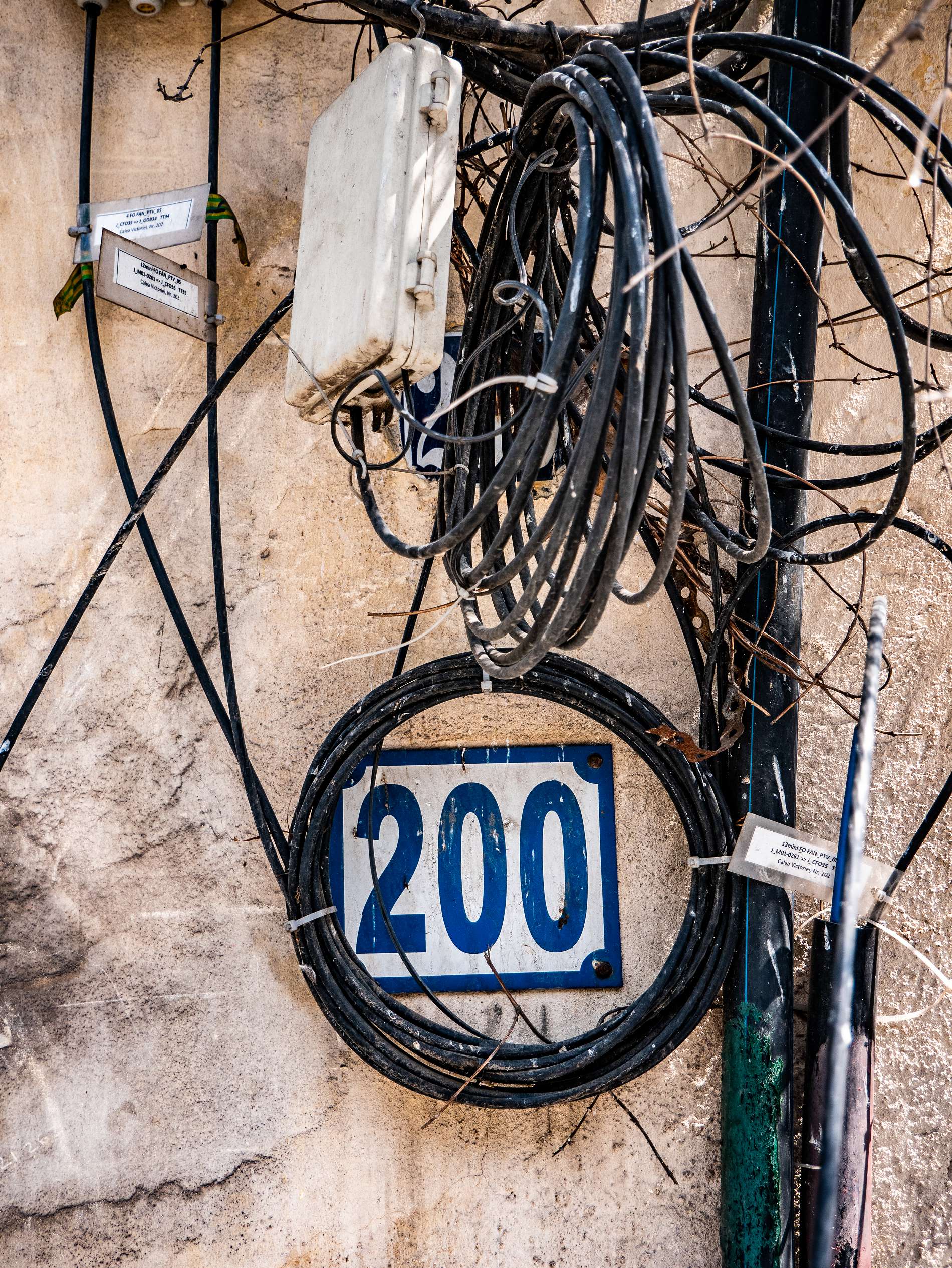
- Calea Victoriei is a major avenue in central Bucharest. It leads from Splaiul Independentei up to Piata Victoriei with a total length of 2.7 kilometers. The funny way cables are rolled up in large loops can be found everywhere
-
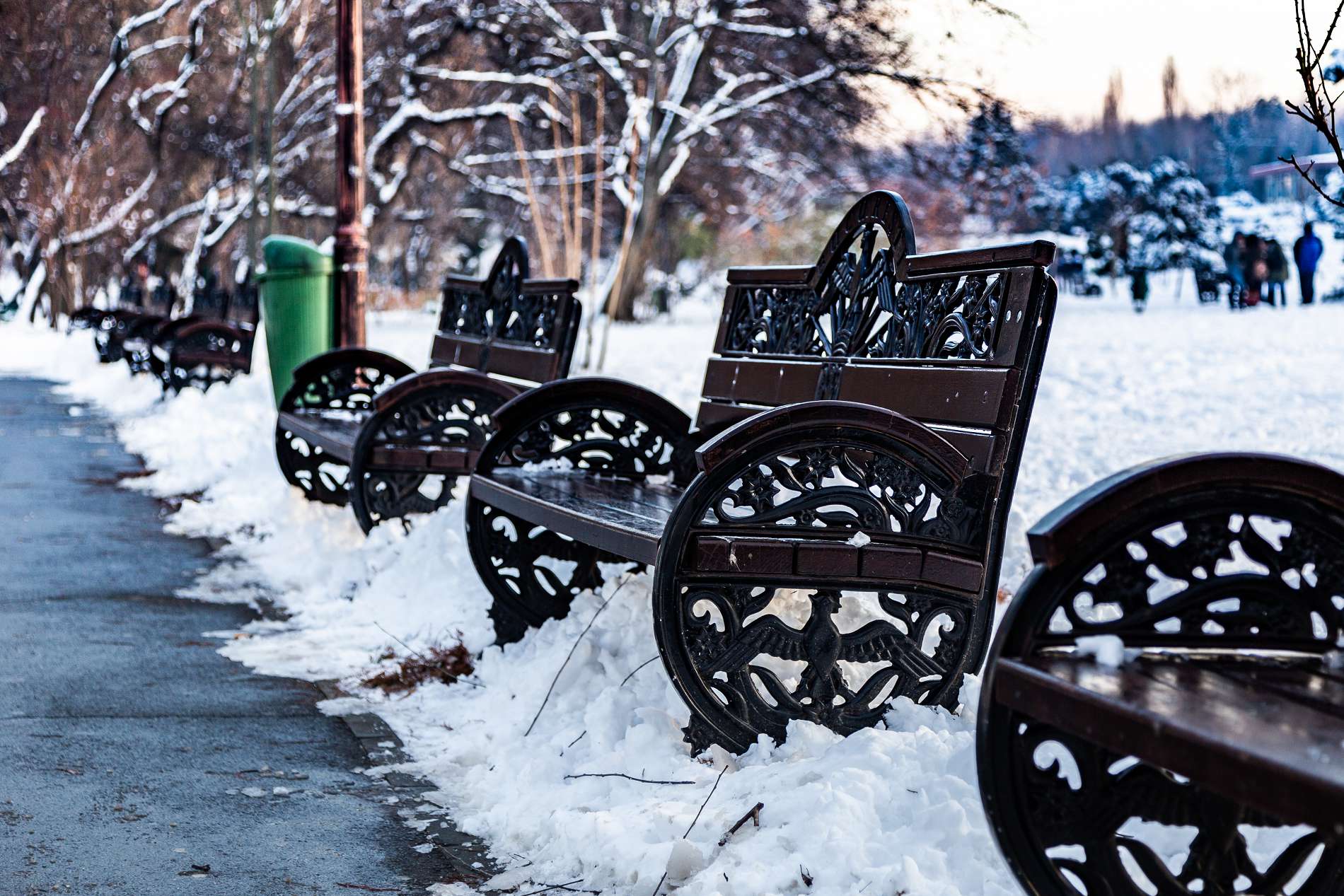
- The large King Michael I Park in the northern part of Bucharest around Lake Herăstrău is worth a walk - at any season
-
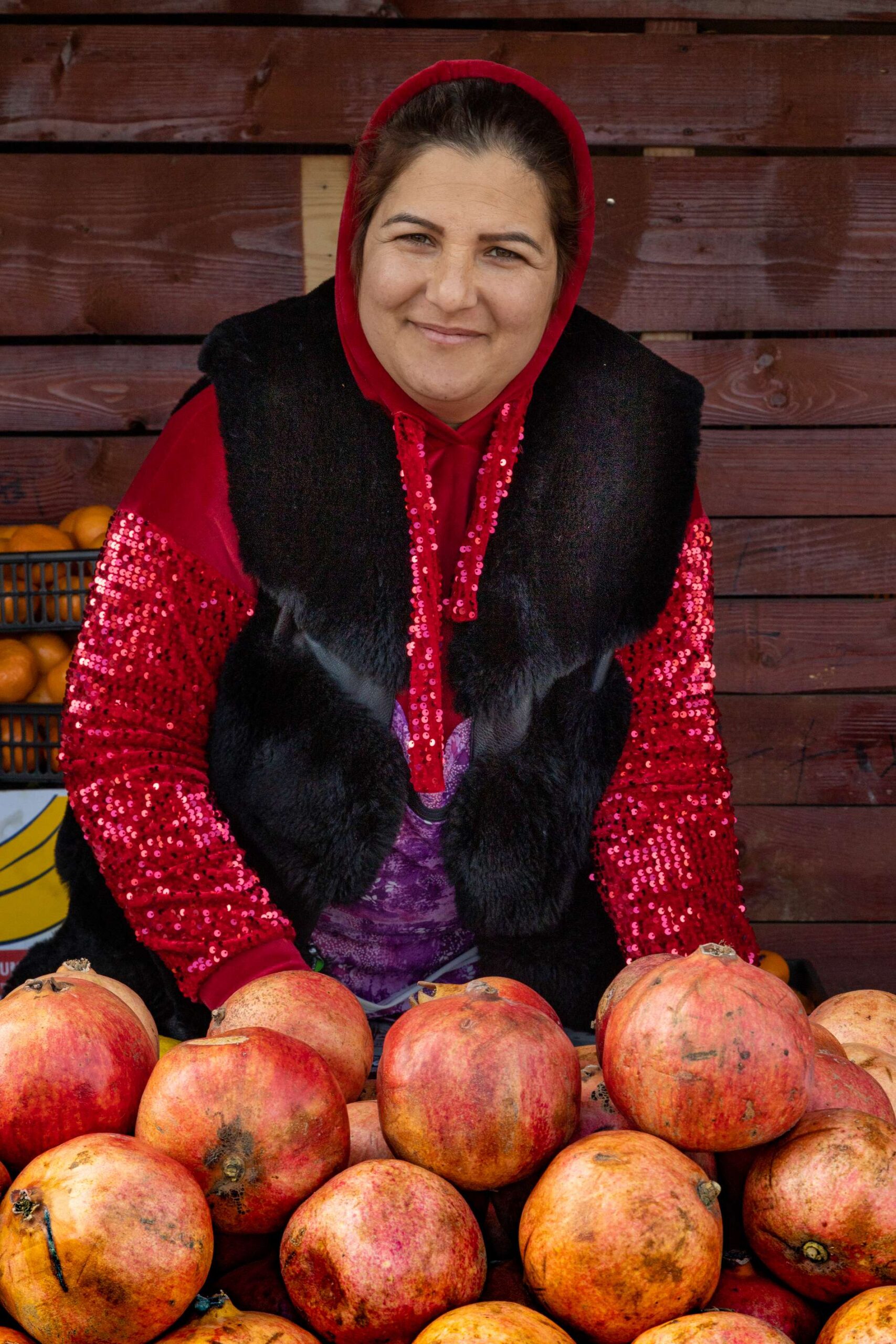
- For almost as long as the city of Bucharest has existed, peasants have been travelling to Obor market to sell their farm produce - and Bucharesters visiting to do their weekly grocery shopping
-
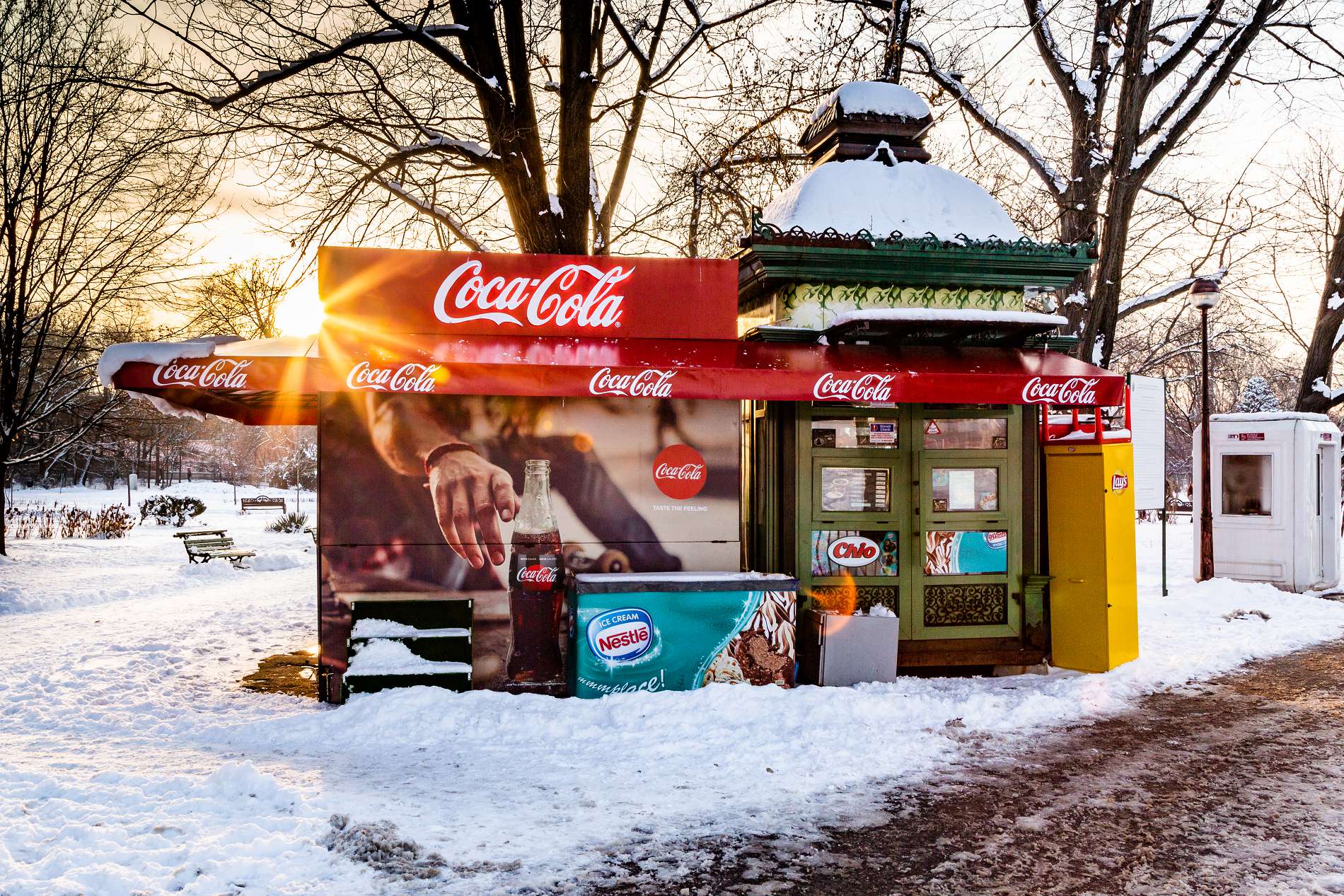
- The winterly light and snow in King Michael I Park gives a lot of atmosphere. Maybe too cold for a coke these days
-
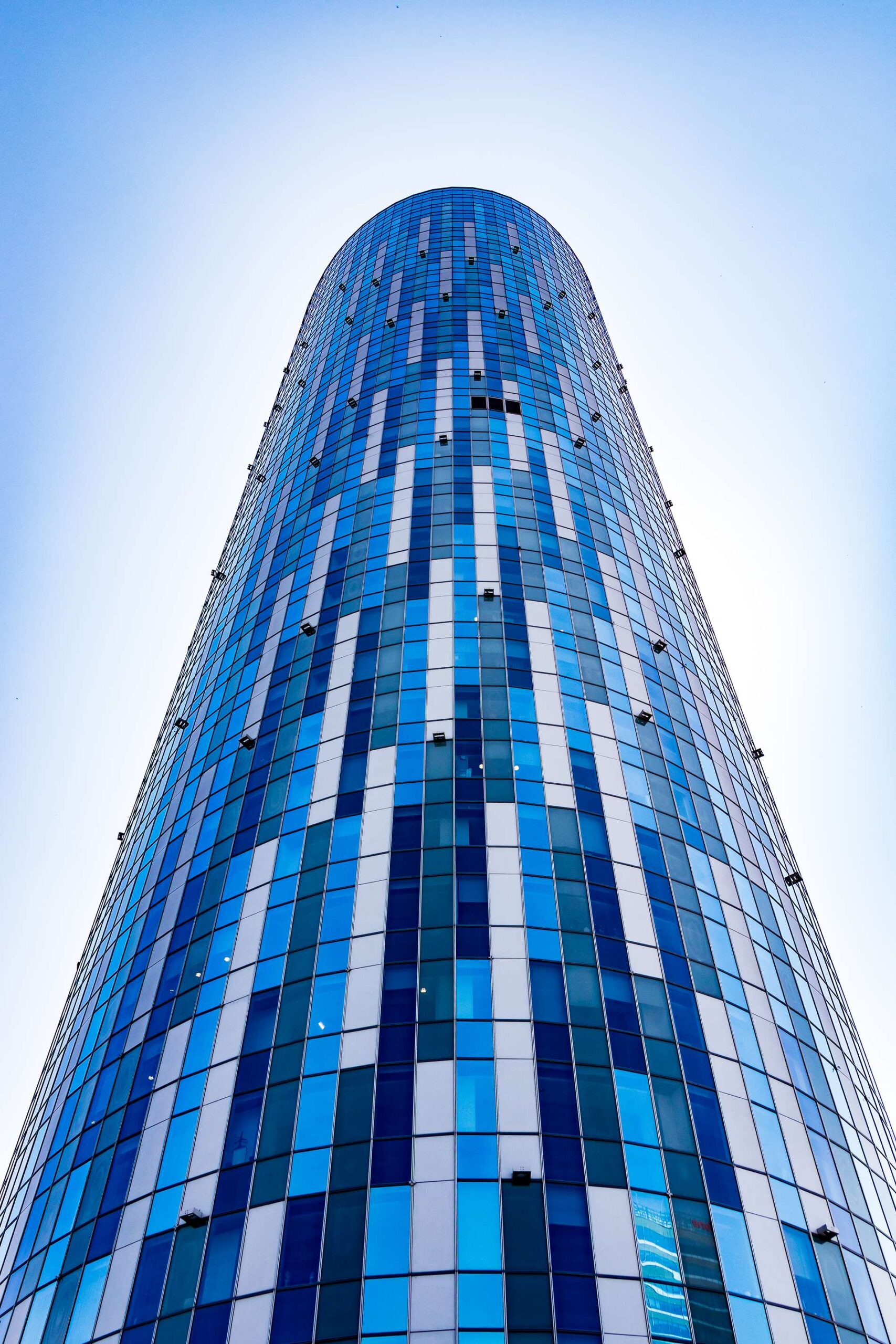
- NOR restaurant is located in the Sky Tower - a reference point for Bucharest because it is the highest place where you can dine (136 meters).
-
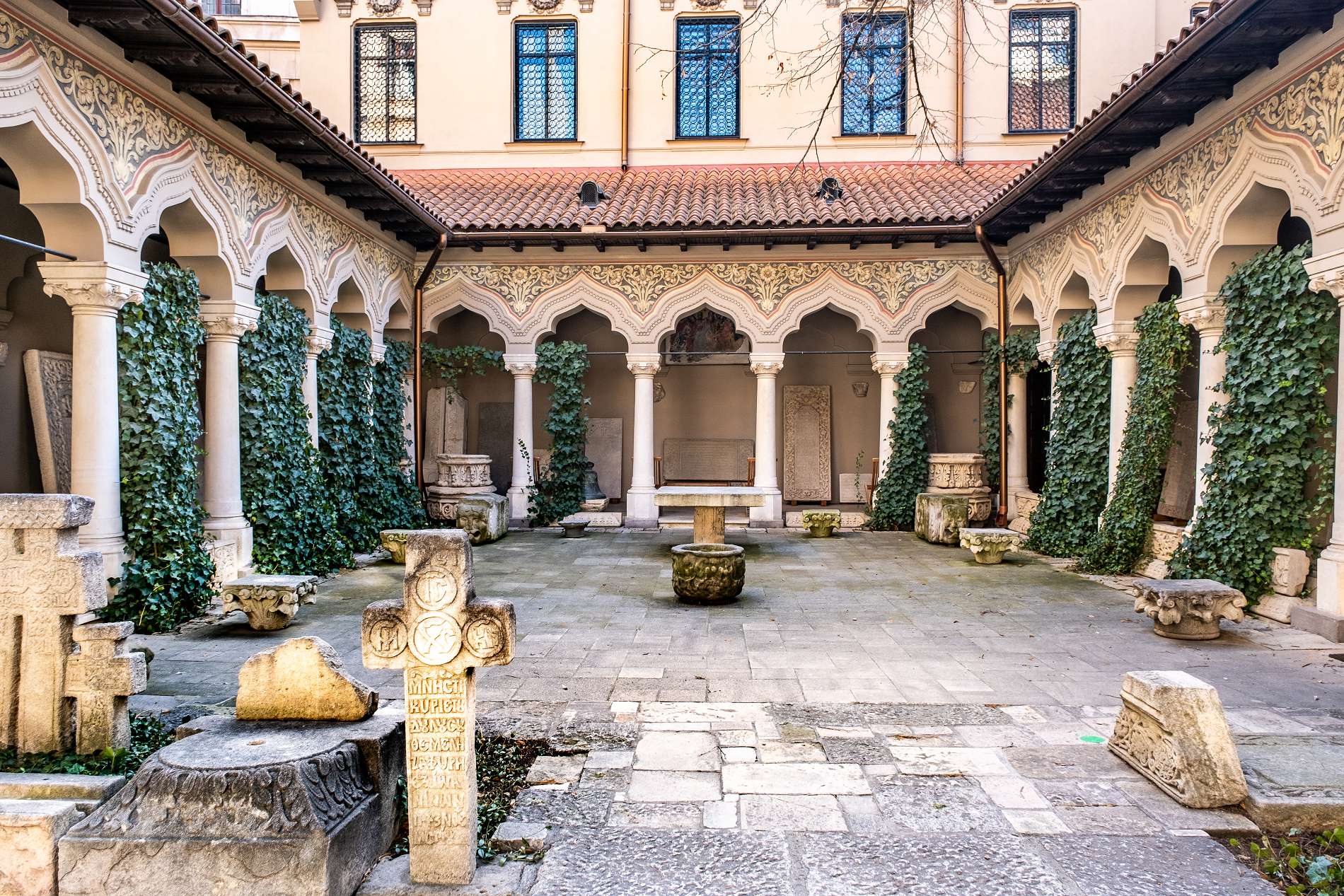
- Stavropoleos Monastery is an architectural jewel, and a nice comparison to the mixture of the Romanian people: oriental, italian, byzantine, translated into the ornate architectural details
-
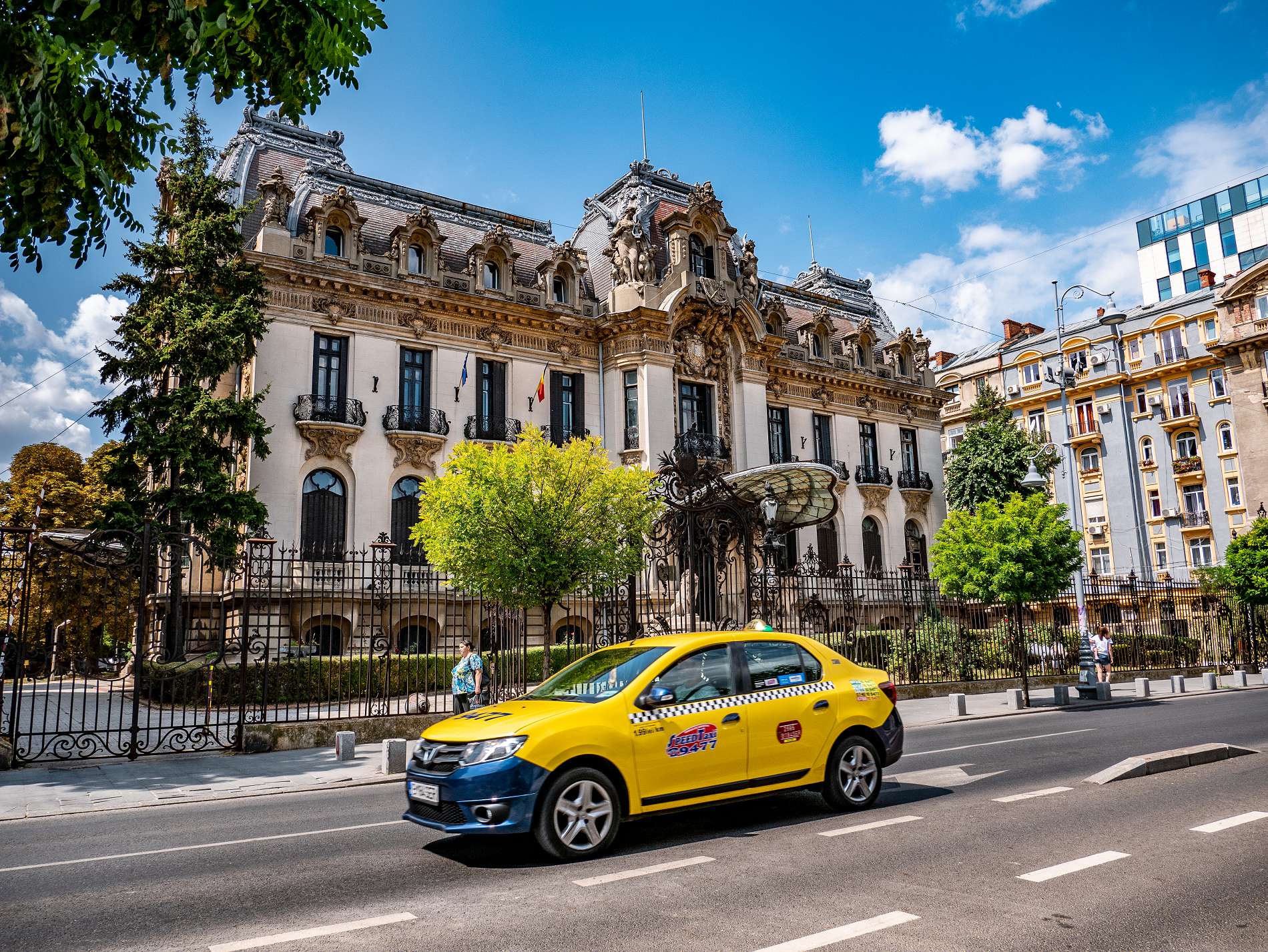
- Mistakenly believed to be the great Romanian composer George Enescu's former home, this outstanding Secession house was in fact built for landowner George Cantacuzino in 1905. Enescu lived in the smaller building at the rear of the main palace after marrying Cantacuzino's widow
-
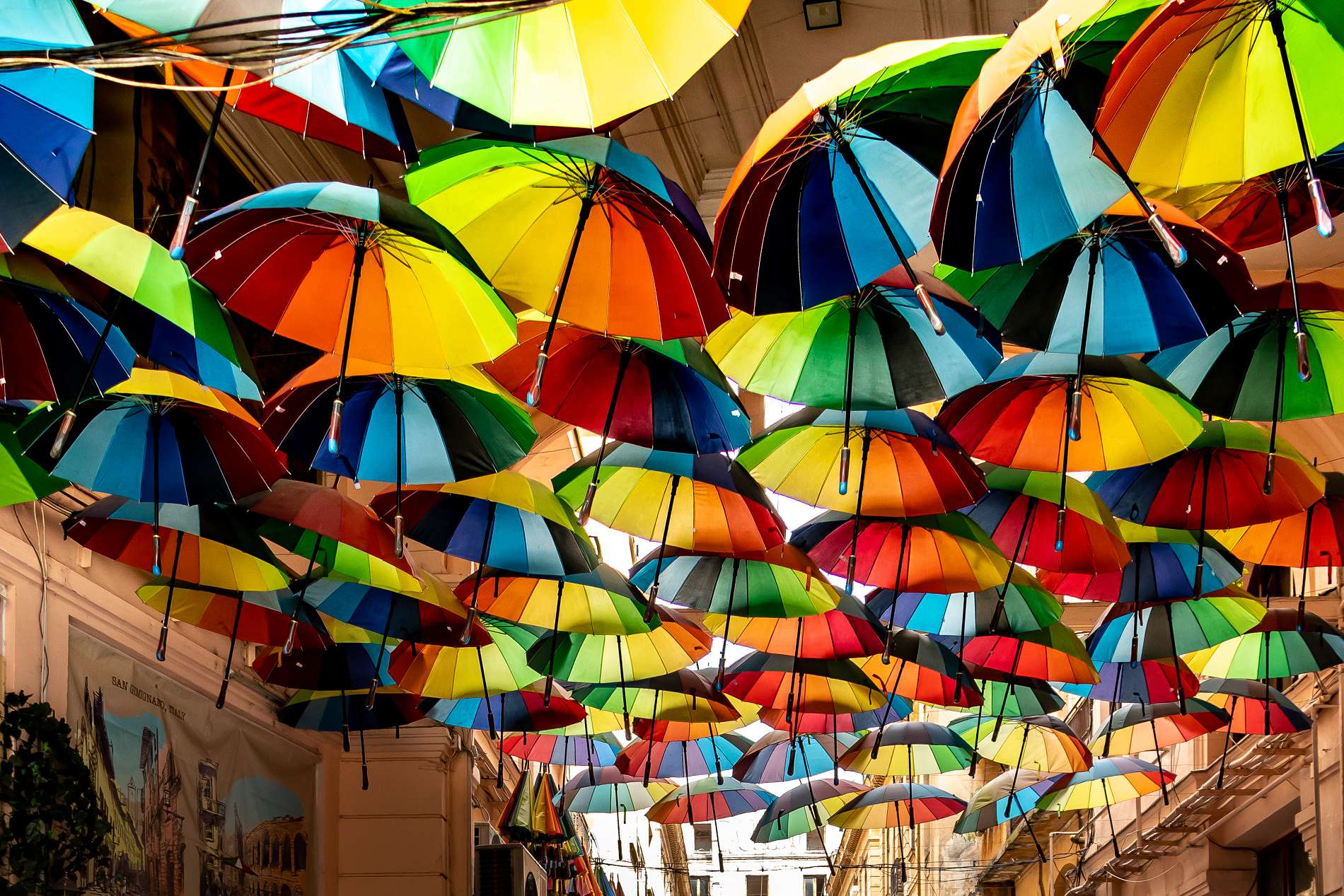
- Under this umbrella roof in Pasagiul Victoriei there are cafes and restaurants which invite for a pause during the walk in the city
-

- Trams are widely used as public transportation. They are large and their brakes make frightening sounds
-

- The Saint Joseph Cathedral in Bucharest was built between 1875 and 1883 is the most famous Catholic church in Bucharest. Its style belongs to historicism and has Romanesque architecture features, with some elements of the Gothic architecture
-
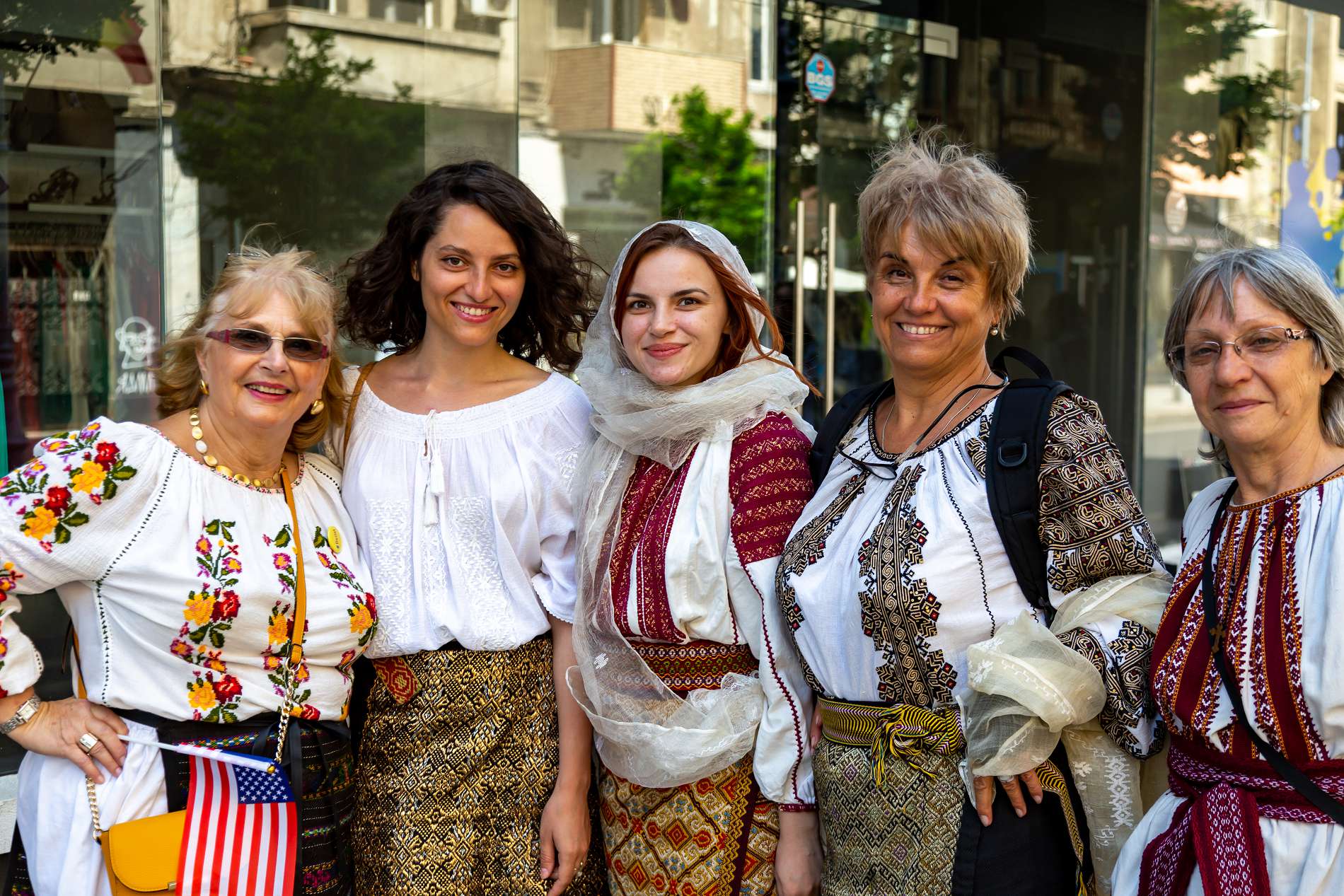
- The art of making these ultra-feminine, traditional Romanian blouses is passed from generation to generation. The tradition and craft has been kept through time, passing the secrets from mother to daughter. Flax, hemp, silk and cotton fabrics have been used since the beginning and the blouses are made to last an eternity
-
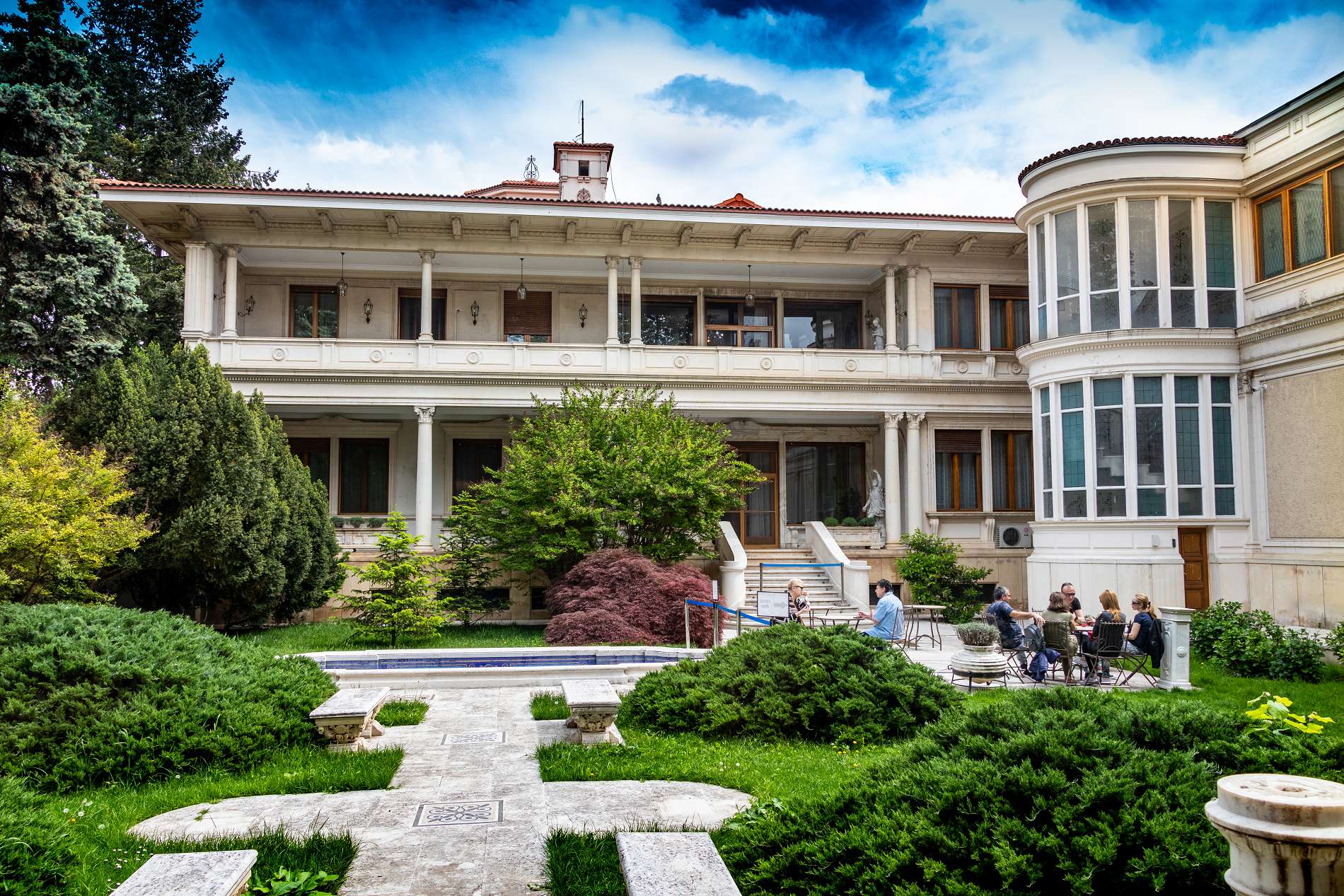
- Ceausescu Palace, also known as Primaverii Palace is a luxurious building where Romania's former dictator Nicolae Ceausescu lived together with his family
-

- The Catedrala Mântuirii Neamului was still under construction in 2021. The location and height will make it 50 metres taller than the Palace, and an iconic landmark in the city. It is the tallest and largest Eastern Orthodox church building in the world by volume
-
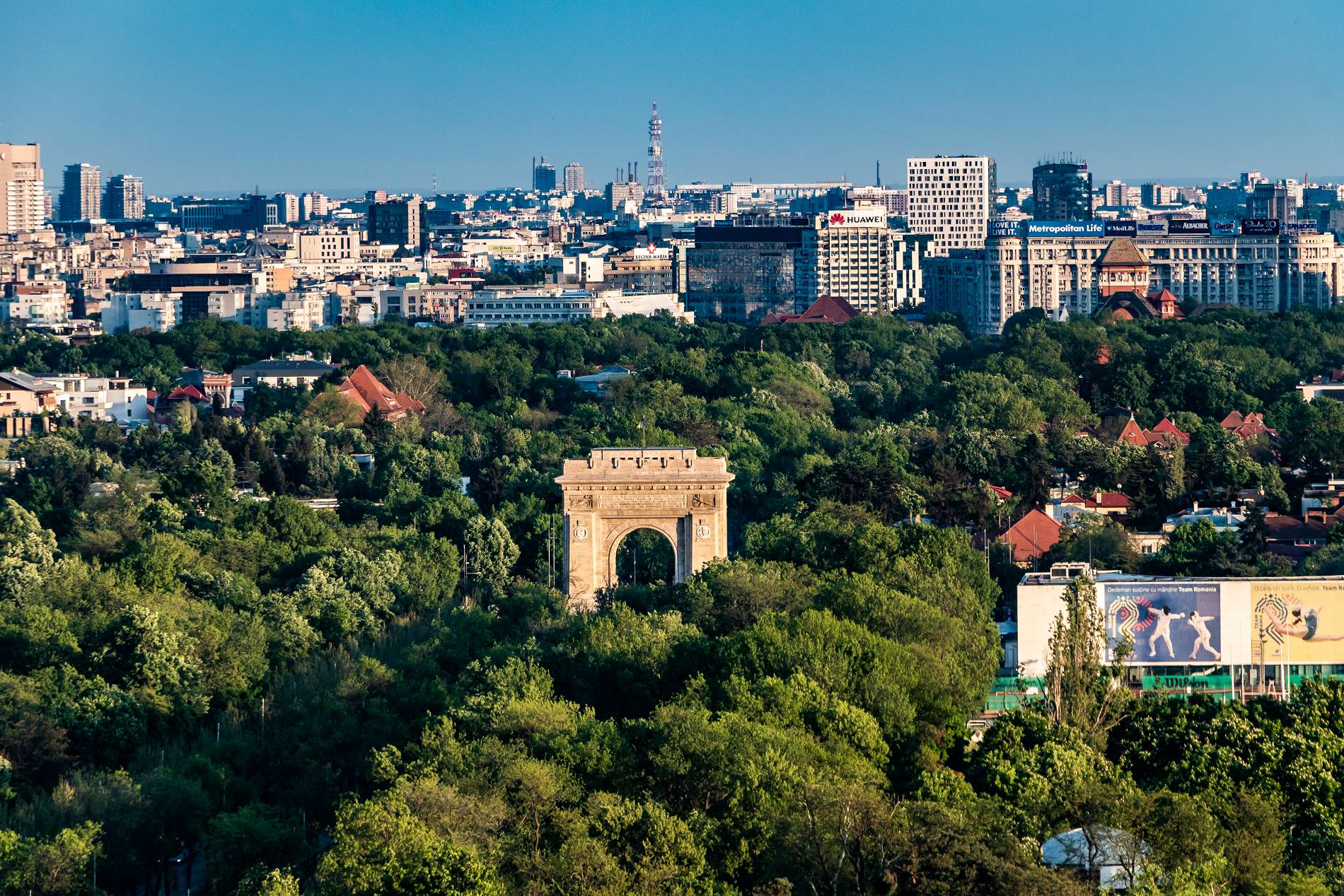
- The monument was designed by the Romaniana architect Petre Antonescu and was built in the period 1921-1922 and rebuild in the period 1935-1936 with a much more sober Neoclassical design, more closely modeled after the Arc de Triomphe in Paris
-
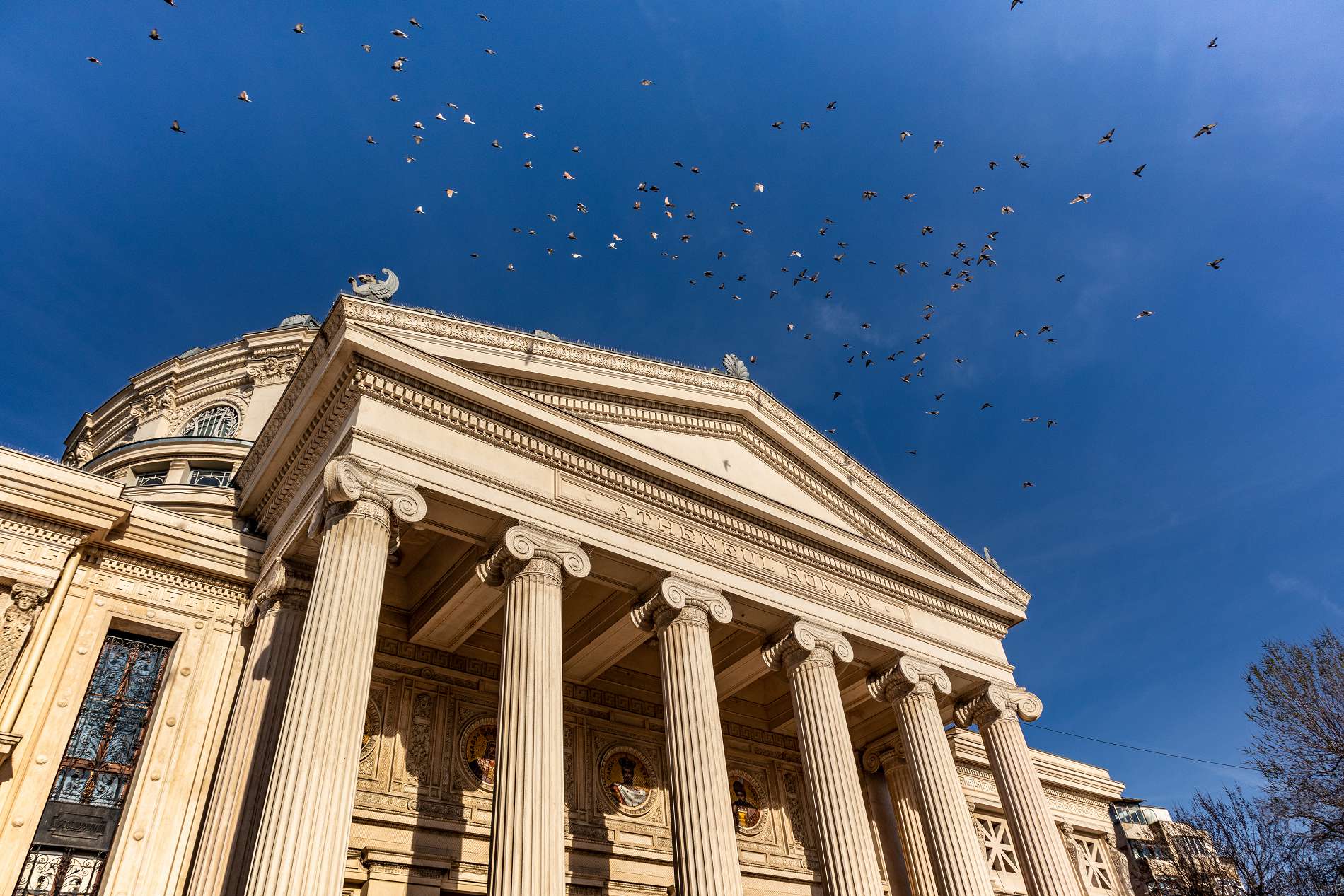
- The famous concert hall Athenaeum (Ateneul Român) is a landmark of the Romanian capital city - opened in 1888


